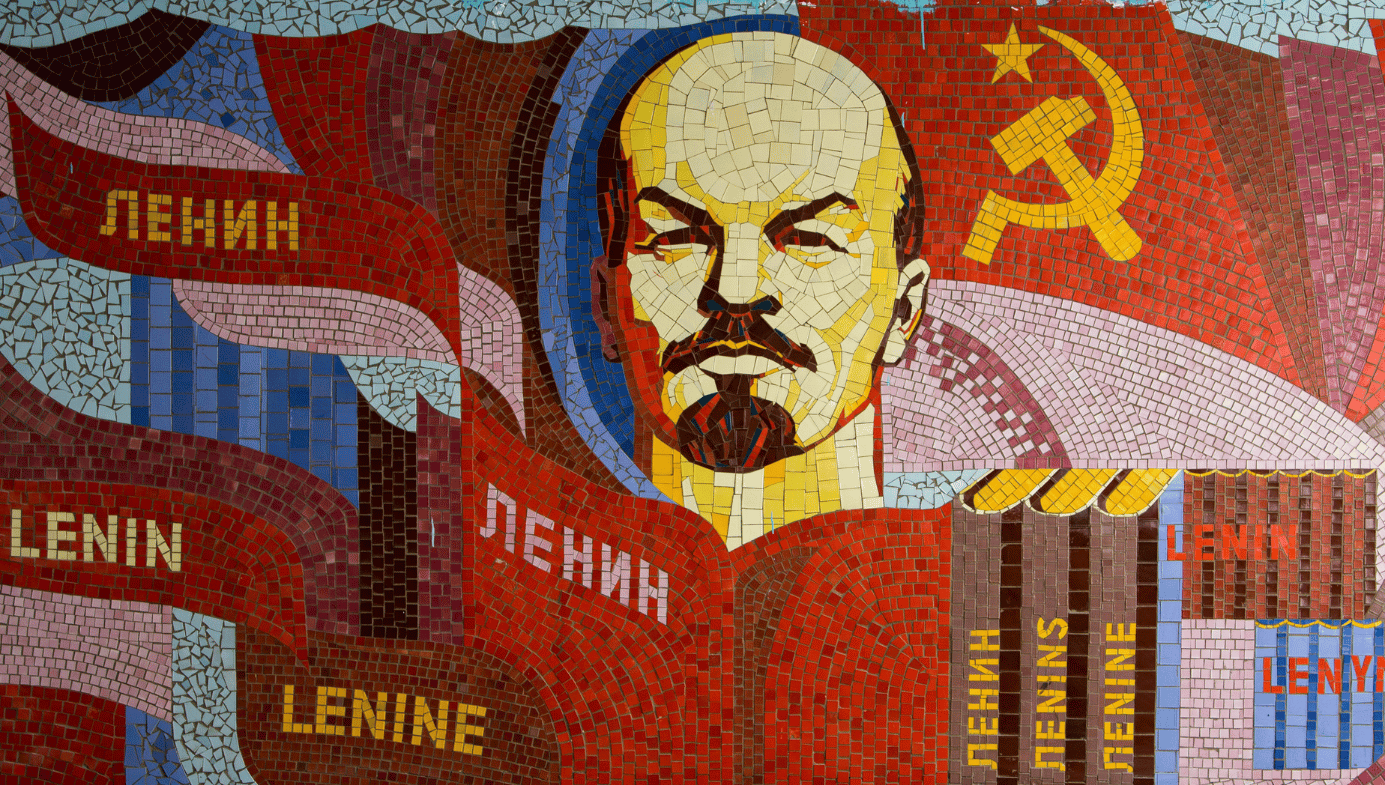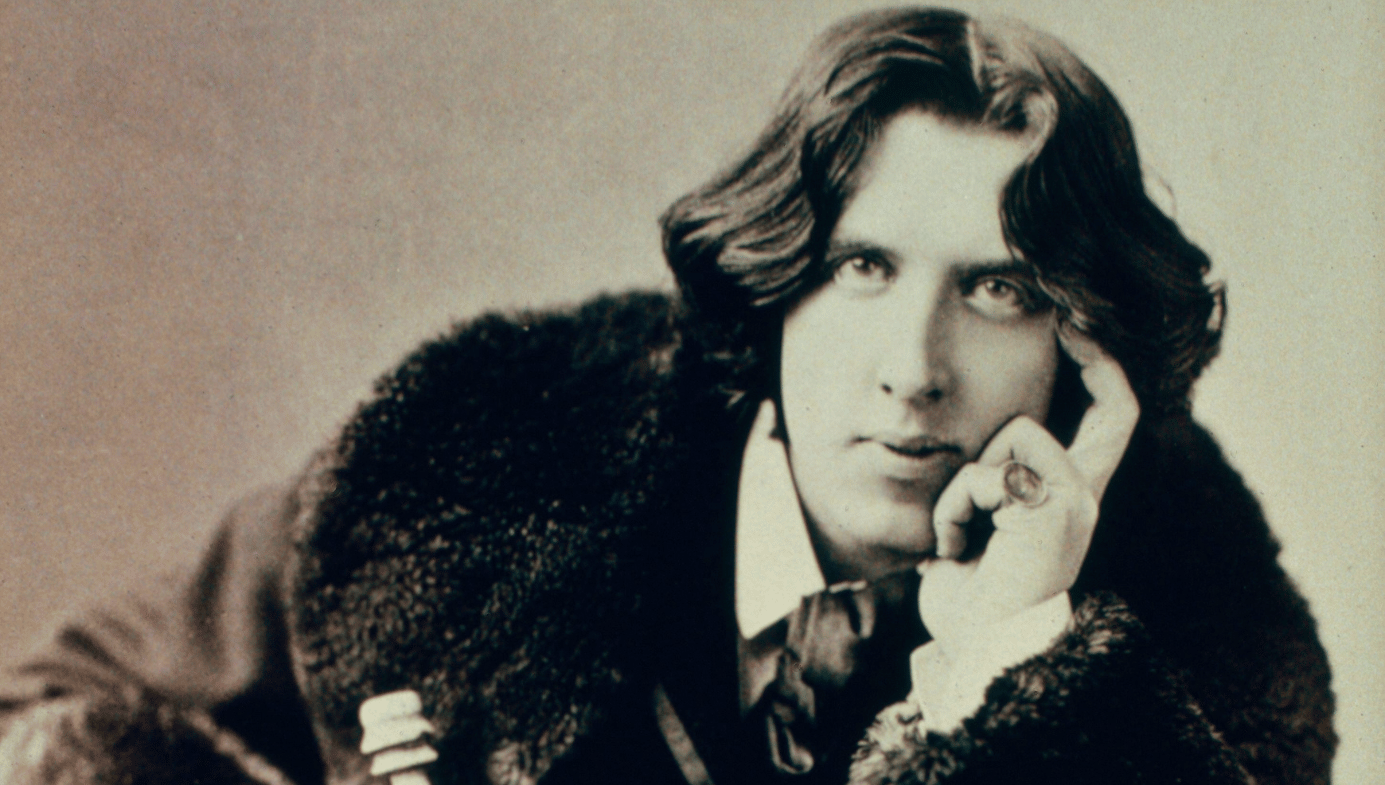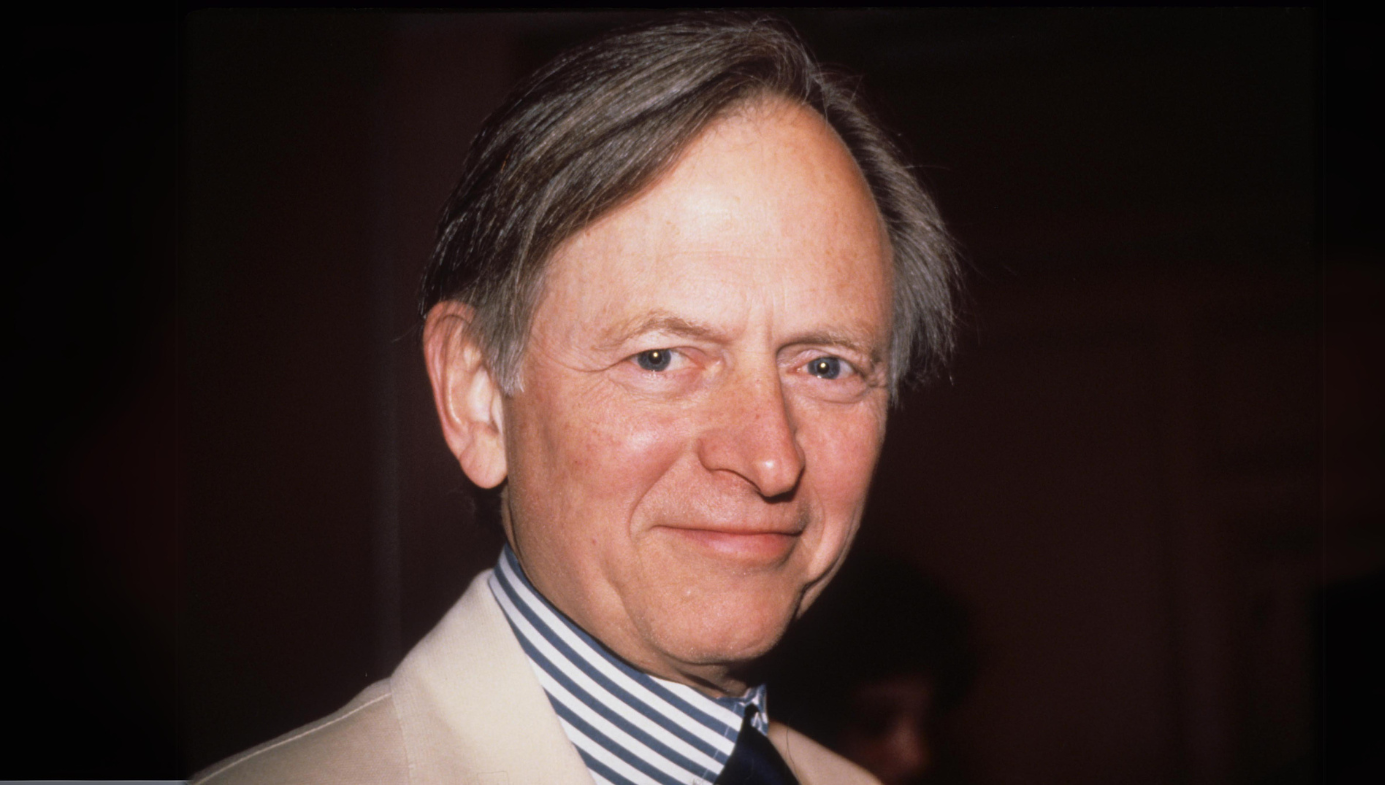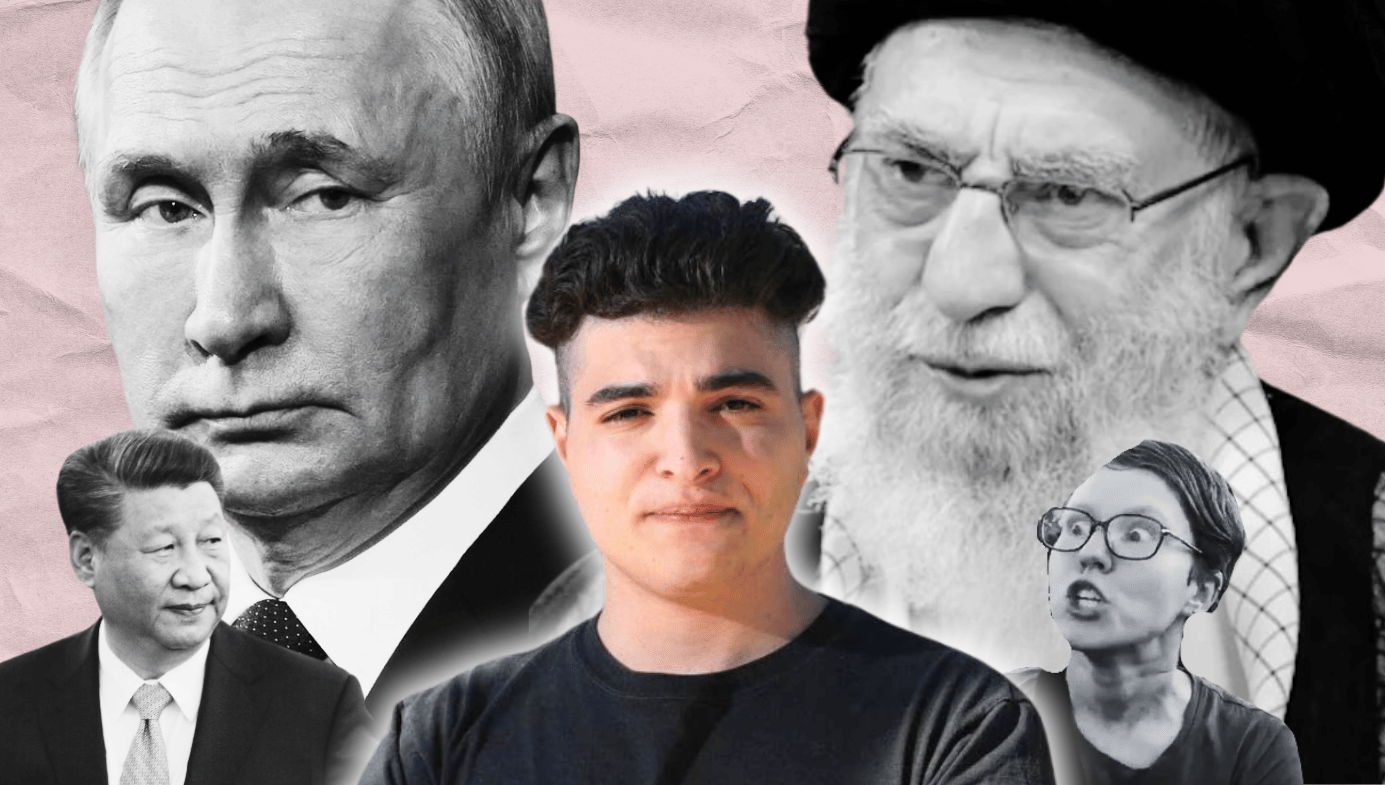Swastikas of Both Sorts: Hindu Nationalism's Fascist Nostalgia
Hindu nationalism is nostalgic for a golden age that never existed, before the invasions of first the Muslims and then the British.
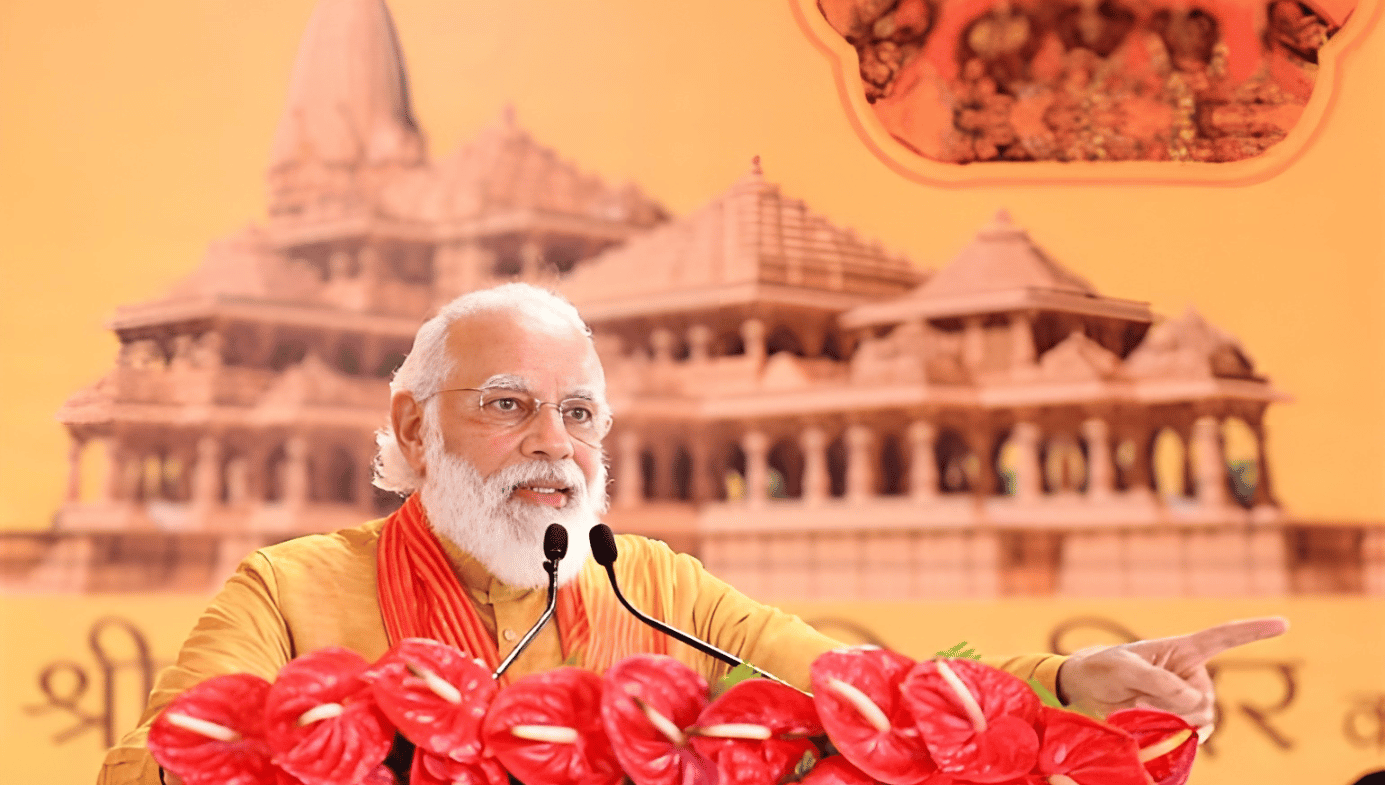
On 22 January, India’s Prime Minister Narendra Modi presided over the consecration of a grand Ram Temple in Ayodhya. A little over thirty years ago, the spot on which the temple now stands was the site of a medieval mosque built under the rule of the Mughal emperor Babur. The site was the focus of a centuries-long dispute between Muslims and Hindus, thanks to claims that the mosque had been built on top of a destroyed Ram temple. In the 1980s, the Bharatiya Janata Party (BJP) turned this into a major political issue, mobilizing the masses in a movement that culminated in the destruction of the mosque by a mob in 1992 and a Supreme Court order allowing for the reconstruction of the temple.
The building of the temple itself wouldn’t have been as worrying had the Prime Minister not presided over the function. Modi’s speech, broadcast over all Indian media outlets, made the explicit claim that this was a seminal moment in the history of the republic: Ram was not to be reduced to a mere religious deity; Ram was the foundation of India and his temple represented national consciousness.
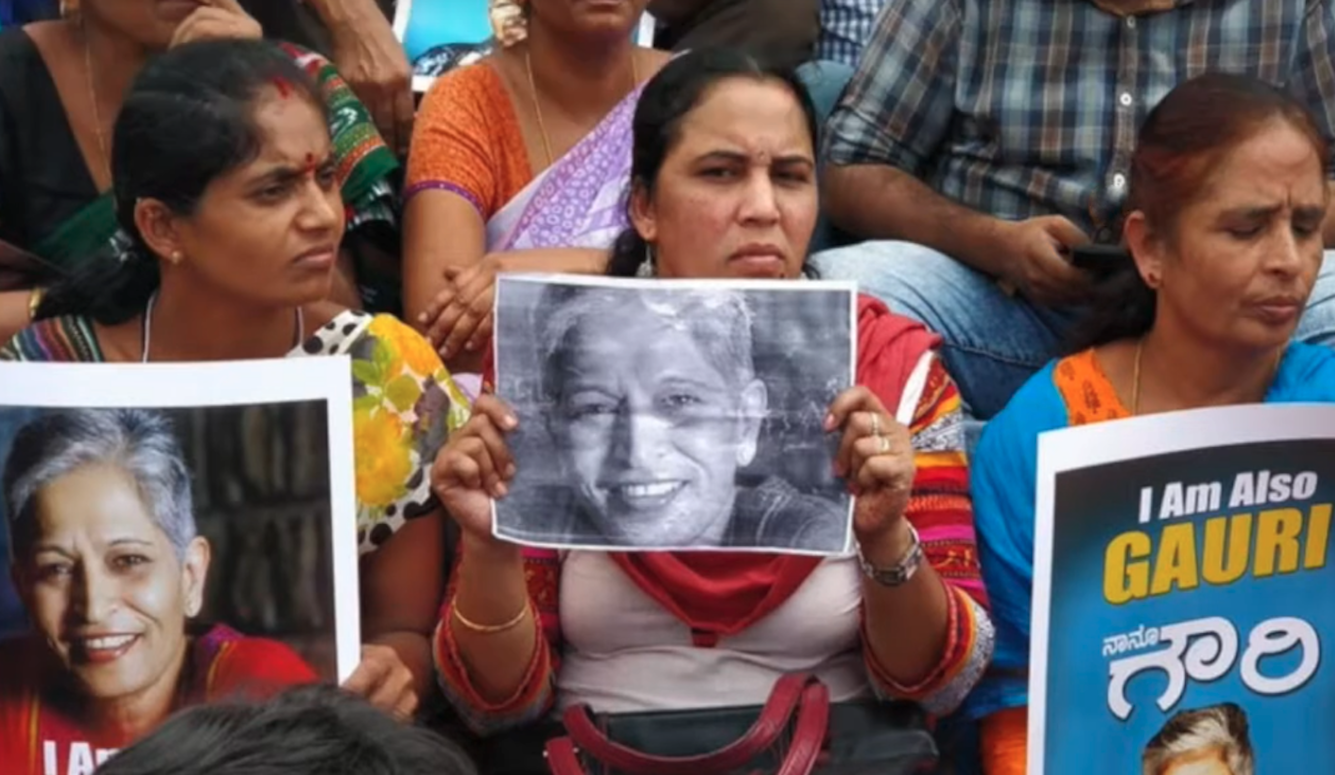
Modi’s rhetoric reveals a view of history and nation identity that draws on a Hindu nationalist ideology whose origins date back to the colonial period. The earliest form of Hindu nationalism appeared in the nineteenth century, at a time when the British had clearly established their control over India. One key early proponent was Raja Ram Mohun Roy, a scholar and social reformer initially employed by the East India Company. At the time, evangelical missionaries like the Scottish clergyman Claudius Buchanan routinely portrayed Hinduism as a primitive, bloodthirsty religion devoid of any moral principles. In his writings, Buchanan exaggerates the sexuality and superstition of Hindu society and portrays Hindus as worshippers of the child-sacrifice-demanding Canaanite deity of Moloch. Yet, contemporary Indian society was ridden with regressive practices of which the most extreme was perhaps sati: i.e., widows being burned to death on their husbands’ funeral pyres.
Roy sought to reconcile Hindu scriptures with modernity. Through his tireless efforts, sati was finally outlawed in 1829. Roy’s view of Hinduism was heavily influenced by Christianity: insofar as he decried idol worship, while asserting the importance of a single book of scripture i.e., the Vedas. Roy argued that Hinduism in its original form was thoroughly monotheistic and egalitarian. He championed the reform of Hindu society, the freedom of the press and women’s rights. Arguing against the supposed intellectual inferiority of women, Roy writes:
when did you ever afford them a fair opportunity of exhibiting their natural capacity? How then can you accuse them of want of understanding? If, after instruction in knowledge and wisdom, a person cannot comprehend or retain what has been taught him, we may consider him as deficient; but as you keep women generally void of education and acquirements, you cannot therefore, in justice pronounce on their inferiority.
Roy was keen to make Hinduism a book religion, with a single line of interpretation. This was partly because he wanted Hindus to become a single, united community. Although Roy was staunchly opposed to the Christian missionaries, he shared their dislike of idol worship and polytheism, as well as of Hinduism’s more regressive practices. Roy dismissed these as later additions to Hinduism, appealing instead to a Vedic golden age in which the religion was free from superstition. Roy’s Hinduism, thus, was both a reaction to and a criticism of evangelical Christianity. But, crucially, it lacked the central element that came to define later forms of Hindu nationalism—a deep suspicion of Muslims.
In the early twentieth century, Hindu nationalism began to crystallise into its current form. It began as a reaction against Mahatma Gandhi’s attempts to unite the Hindu and Muslim communities in India by lending support to the Khilafat movement, which protested British policy towards the Ottoman Empire and called upon the British to protect the caliphate. In opposition to this, Indian revolutionary V.D. Savarkar wrote his pamphlet Essentials of Hindutva (1922) from a British prison. Savarkar’s writings were to provide the foundation of contemporary Hindu nationalism. His continuing relevance in contemporary India is evidenced by Modi’s public celebration of his “jayanti” (birthday) as well as by a recent biopic endorsed by senior BJP ministers. For Savarkar, only those who considered India to be their motherland, fatherland, and holy land could be counted as true inheritors of the nation. Since Muslims and Christians had a holy land elsewhere, they were excluded from this group. Yet, Savarkar had to admit that he applied these criteria inconsistently. He recognised that Christians were a civil minority with no “extra-territorial political designs,” while the Parsis (Zoroastrians who emigrated to India from Persia in around the eighth century) were gratefully loyal to India and resembled Hindus in their language, culture, and religion. His sole target was the Muslim population, whose loyalty he considered suspect.
We bow to Veer Savarkar on his Jayanti.
— Narendra Modi (@narendramodi) May 28, 2019
Veer Savarkar epitomises courage, patriotism and unflinching commitment to a strong India.
He inspired many people to devote themselves towards nation building. pic.twitter.com/k1rmFHz250
स्वातंत्र्य वीर सावरकर!
— Piyush Goyal (मोदी का परिवार) (@PiyushGoyal) March 24, 2024
आज मुंबई में भाजपा कार्यकर्ताओं के साथ हम सभी को राष्ट्रभक्ति की प्रेरणा देने वाले हमारे आदर्श वीर सावरकर जी के जीवन पर आधारित फिल्म देखी।@RandeepHooda जी ने अपने शानदार और जानदार अभिनय से जन-जन को सावरकर जी के महान जीवन से जोड़ने का काम किया है। pic.twitter.com/IkCT4p9isU
Through the publication of Essentials of Hindutva, Savarkar hoped to build an organized Hindu community to oppose that of the Muslims. This was not primarily a fundamentalist religious endeavour. Savarkar was not just an atheist but a staunch critic of ritual and superstition and of the caste system. He considered no religious text above criticism. One non-negotiable tenet of contemporary Hindu nationalism is cow worship and legislation that bans beef slaughter. Savarkar intentionally provoked orthodox Hindus by chiding them for worshipping an animal that consumes garbage and sits in her own urine while they assigned eminent Dalit scholars like B.R. Ambedkar a status worse than that of animals. The practice of cow-worship, according to Savarkar, originated in the cow’s utility in a predominantly agricultural economy. The cow should be treated as a useful animal, he argued, and even eaten when necessary—but never worshipped. In his home state of Maharashtra, Savarkar continues to be characterized as a “purogami” or progressive owing to his opposition to superstition and the caste system. Narendra Dabholkar, a rationalist activist allegedly gunned down by fanatic Hindu nationalists, praised Savarkar’s “pitiless scrutiny of religious books.” Savarkar’s Hindu nationalism was not conservative, then, but deeply modern.


